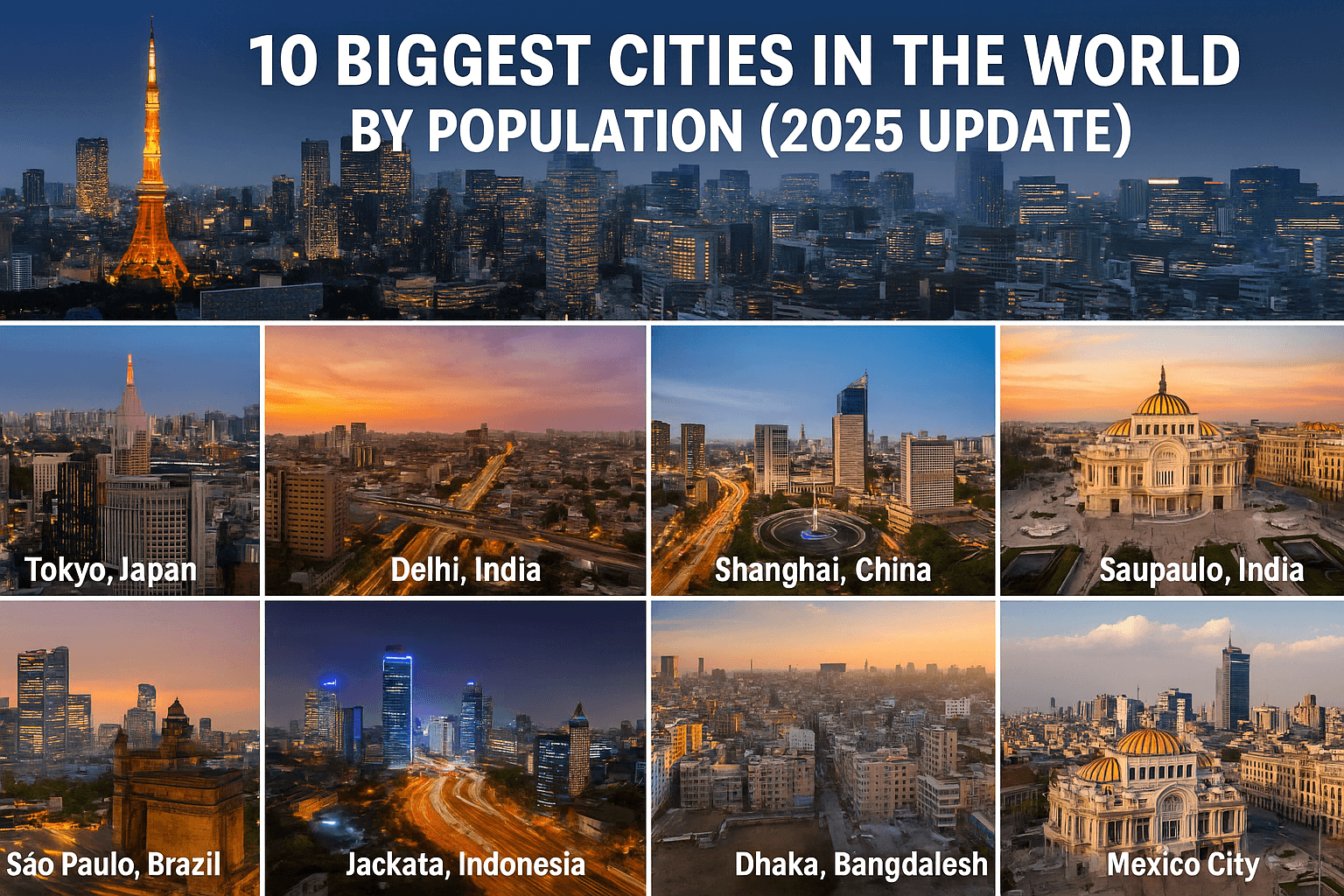🌍 Introduction:
The Pulse of Urban Earth
In 2025, more than 56% of the world’s population lives in cities — and that number keeps rising every year. Cities are no longer just places to live; they’re centers of innovation, culture, finance, and technology. From megacities like Tokyo and Delhi to booming metropolises like São Paulo and Cairo, these urban giants represent the heartbeat of modern civilization.
In this article, we’ll explore the 10 biggest cities in the world by population (2025 update) — based on recent data from World Population Review, UN DESA, and CEOWorld. You’ll discover what makes each city unique, their major challenges, and why they matter so much in shaping our global future.
🏙️ 1. Tokyo, Japan — 37,036,200 People
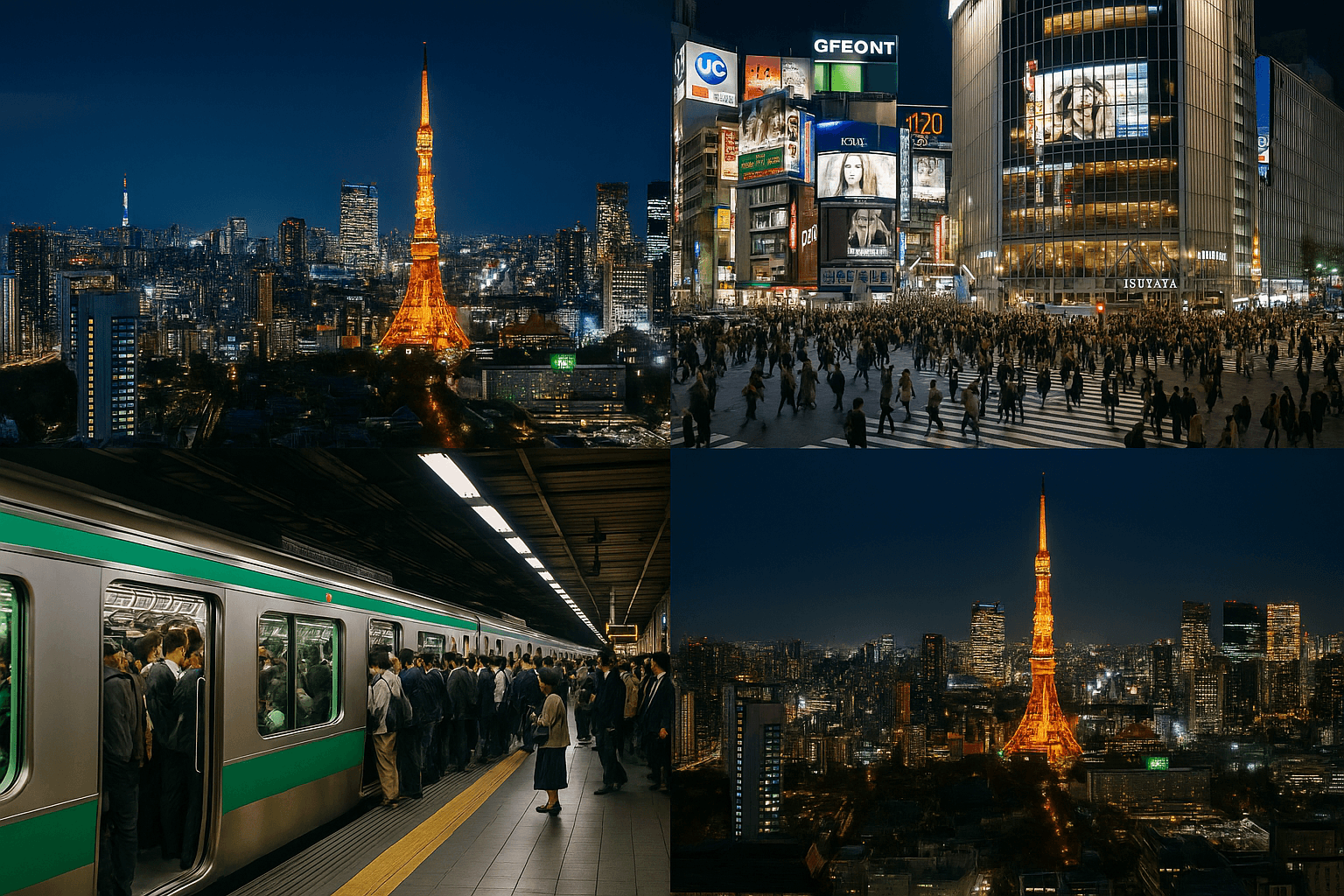
Region: Asia
Population (2025): 37.03 million
Growth Rate: -0.2% (slightly declining)
GDP: Over $2 trillion (metro area)
Tokyo remains the world’s most populous city in 2025. Despite Japan’s aging population and shrinking birth rate, Tokyo continues to thrive as a technological, cultural, and economic powerhouse.
Key Highlights:
- The city is a global leader in robotics, electronics, and finance.
- Tokyo’s urban infrastructure is world-class — from its punctual metro system to earthquake-resistant skyscrapers.
- Despite population stagnation, Tokyo’s economic power remains unmatched.
Challenges:
- Declining fertility rate (1.3 births per woman).
- Aging population — nearly 30% of residents are over 65.
- Limited land availability and high living costs.
Why It Matters:
Tokyo is proof that urban efficiency and innovation can sustain growth even when population trends decline. It sets the benchmark for smart cities worldwide.
🇮🇳 2. Delhi (NCR), India — 34,665,600 People
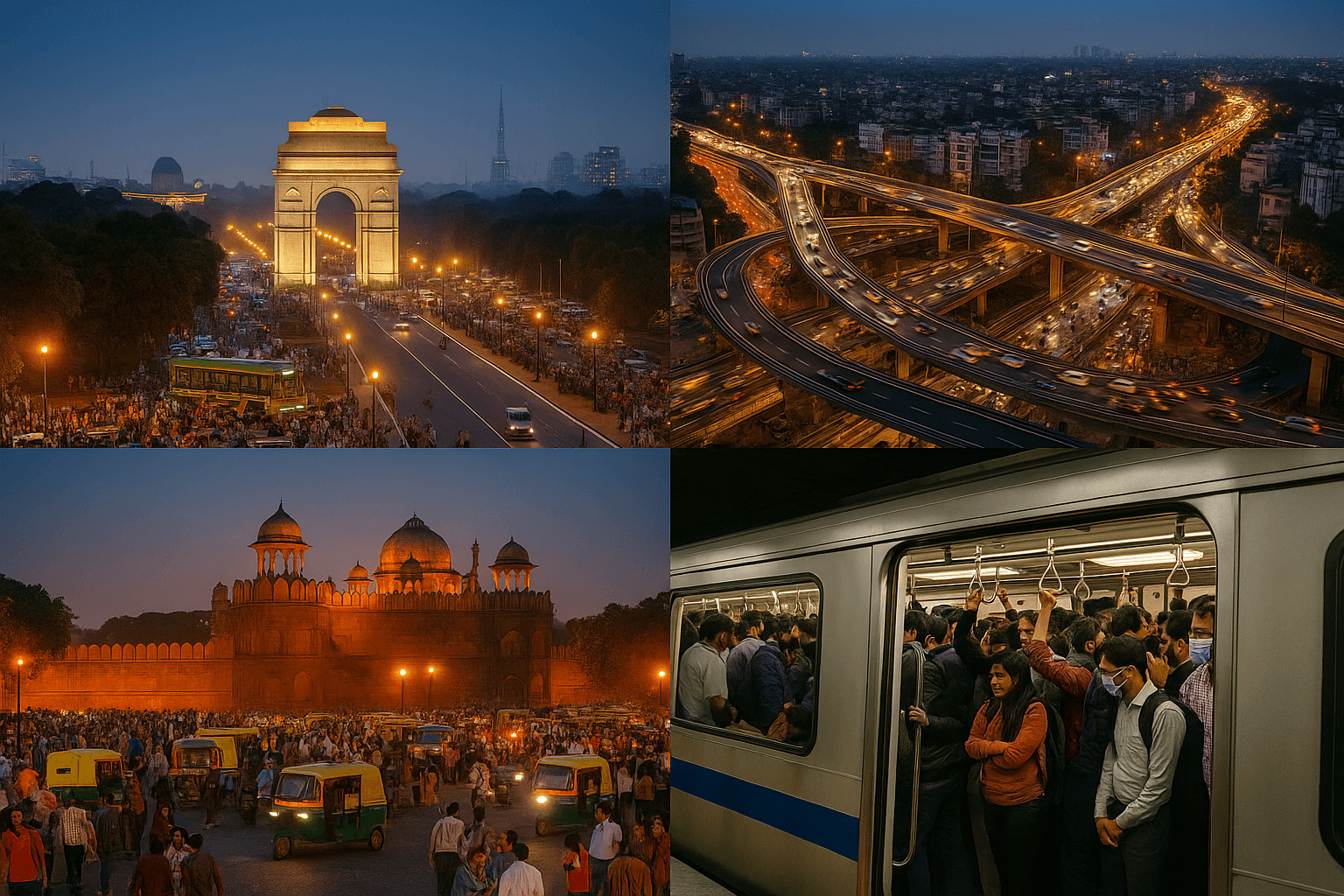
Region: South Asia
Population (2025): 34.66 million
Growth Rate: +2.5% (rapidly growing)
Metro Area: Delhi + Noida + Gurugram + Faridabad
Delhi has become one of the fastest-growing megacities in the world. It’s not just India’s political capital — it’s also the heart of education, finance, trade, and tech in northern India.
Key Highlights:
- A hub for startups, IT services, and education.
- Home to diverse cultures, from Mughal heritage to modern metro life.
- The NCR region expands Delhi’s influence across multiple adjoining cities.
Challenges:
- Air pollution: Among the highest PM2.5 levels globally.
- Traffic congestion: Long commutes remain a daily struggle.
- Urban sprawl: Rapid growth puts immense pressure on housing and water resources.
Future Outlook:
Experts predict that by 2030, Delhi may surpass Tokyo as the world’s largest city.
Its booming population mirrors India’s shift toward urbanization and modernization.
🇨🇳 3. Shanghai, China — 30,482,100 People
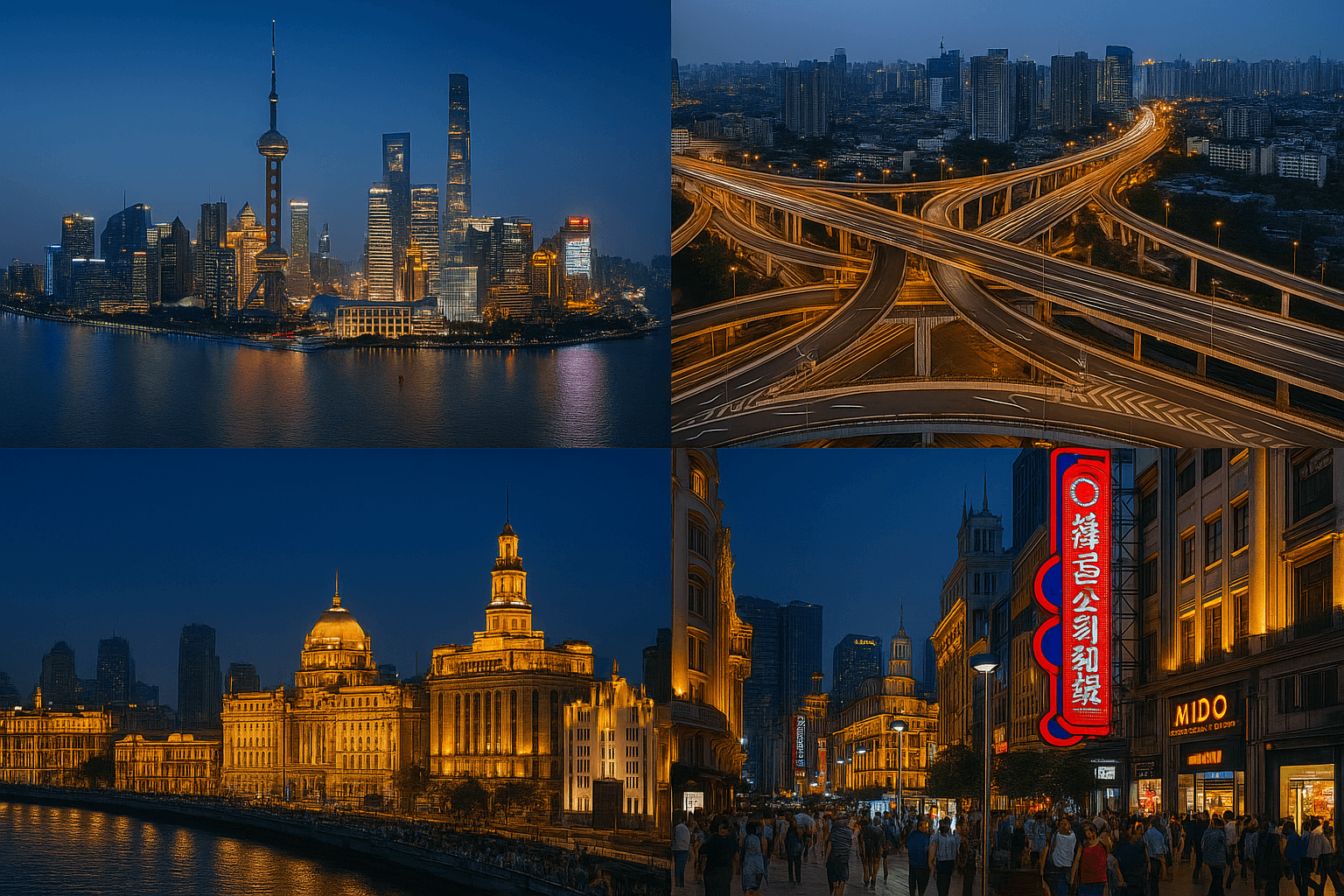
Region: East Asia
Population (2025): 30.48 million
Economic Status: China’s financial and trade hub
Shanghai’s growth has been astonishing. Once a fishing village, it’s now a symbol of China’s economic miracle — home to the world’s busiest port and some of Asia’s tallest skyscrapers.
Key Highlights:
- Shanghai Tower (632m) — the second-tallest building in the world.
- The Bund and Pudong Skyline represent East-West architectural harmony.
- Massive investments in green energy and metro expansion.
Challenges:
- Overcrowding and rising housing prices.
- Pollution from industrial activity.
- Population control due to China’s aging trend and migration policies.
Why It’s Important:
Shanghai represents the economic transformation of modern China — where innovation, trade, and globalization meet.
🇧🇷 4. São Paulo, Brazil — 22,807,800 People
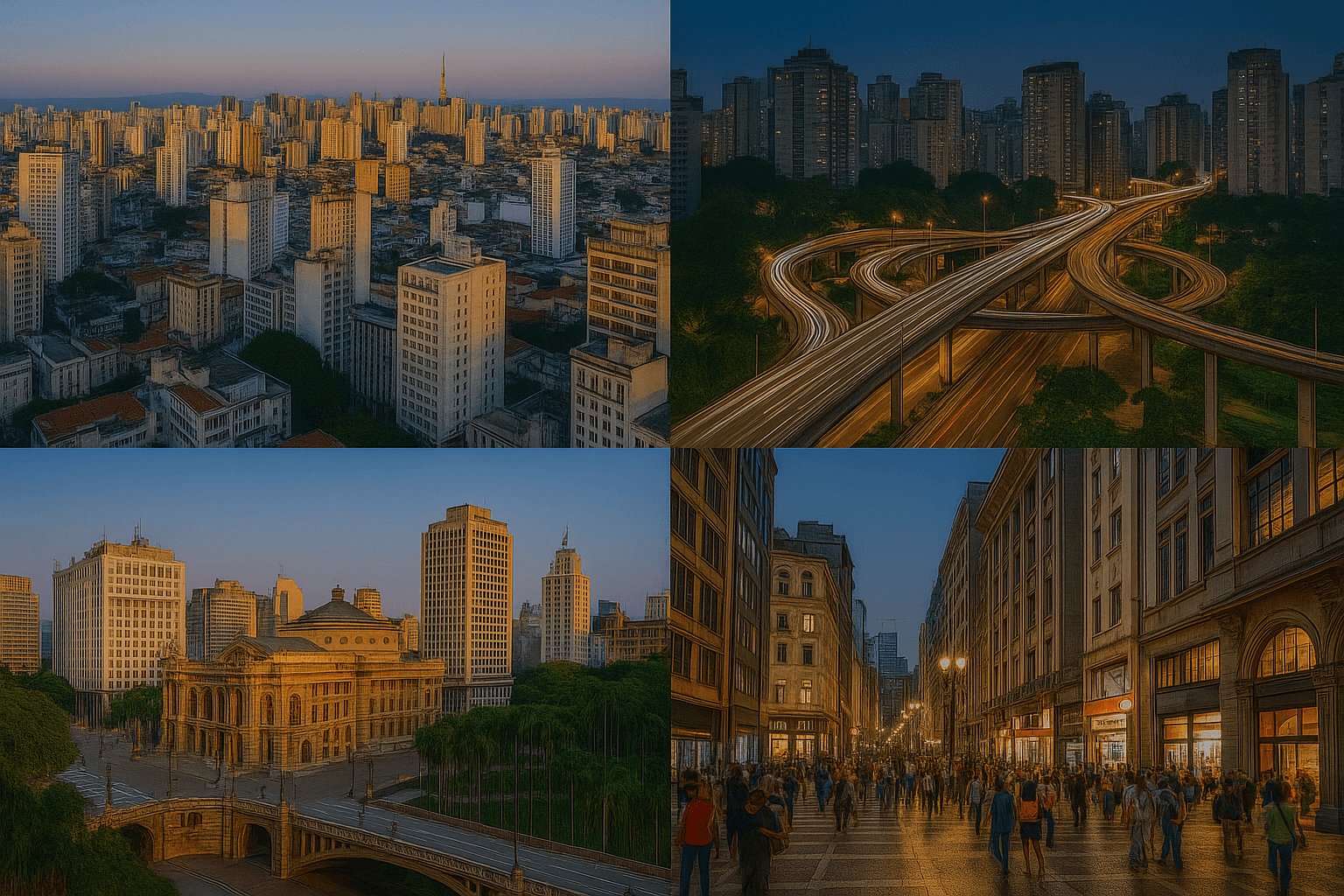
Region: South America
Population (2025): 22.80 million
Language: Portuguese
Status: Brazil’s financial and cultural hub
São Paulo is the beating heart of South America’s economy. With a sprawling urban area and unmatched business ecosystem, it drives nearly one-third of Brazil’s GDP.
Key Highlights:
- Known for its towering skyline and nightlife.
- A melting pot of immigrants from Japan, Italy, and Lebanon.
- Major global financial center with Latin America’s biggest stock exchange (B3).
Challenges:
- High inequality and sprawling favelas.
- Traffic and pollution are constant struggles.
- Water supply crises due to deforestation and climate change.
Why It Matters:
São Paulo demonstrates both the potential and pressure of rapid urbanization in developing nations.
🇮🇩 5. Jakarta, Indonesia — 22,626,200 People
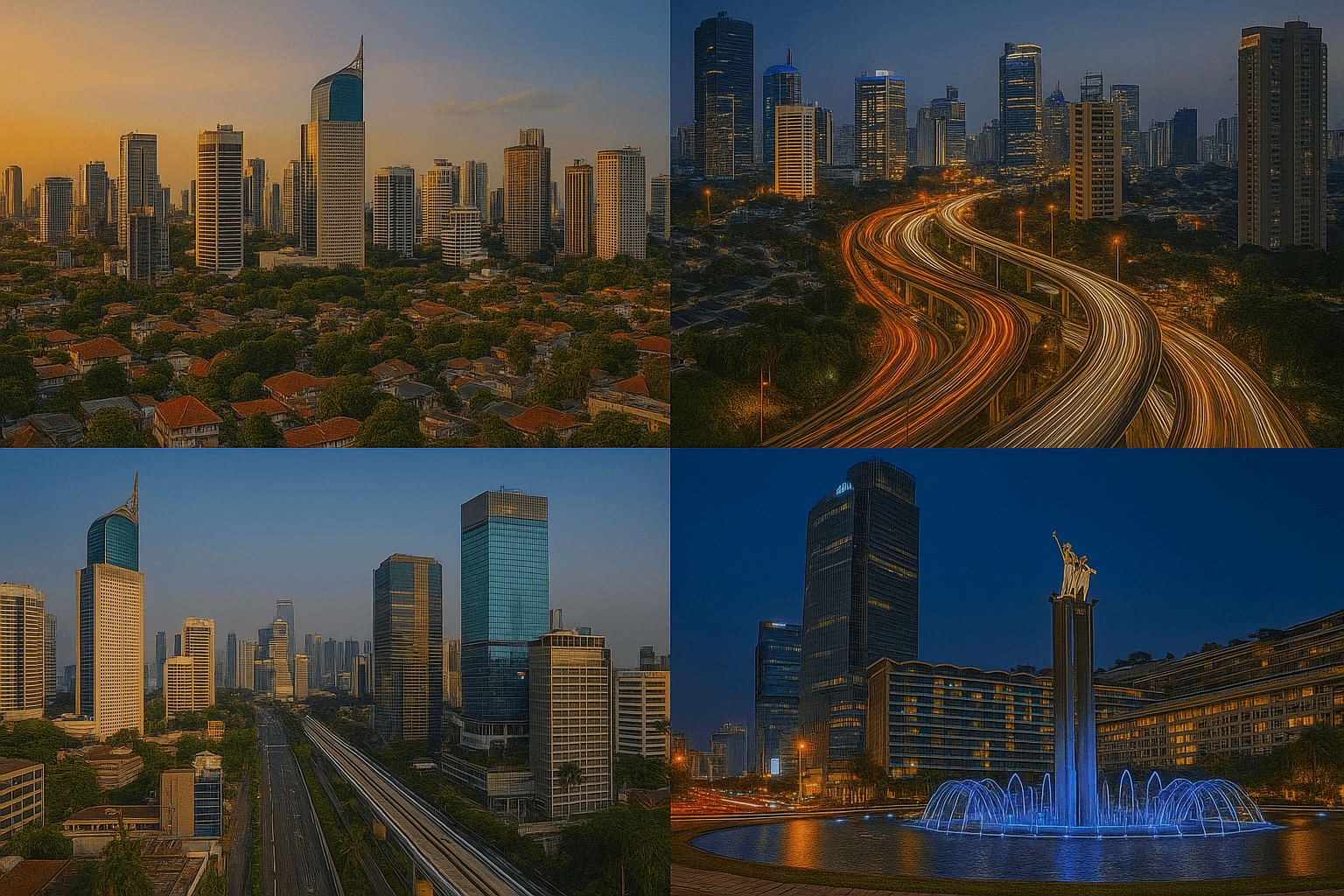
Region: Southeast Asia
Population (2025): 22.62 million
Nicknamed: “The Big Durian”
Jakarta’s growth is as chaotic as it is impressive. It’s the political and economic heart of Indonesia, yet one of the world’s most flood-prone and sinking cities.
Key Highlights:
- Indonesia plans to move its capital to a new city called Nusantara due to Jakarta’s overpopulation.
- The metro and public transport system are expanding rapidly.
- Rich blend of Malay, Chinese, and Arabic cultures.
Challenges:
- Sinking land due to excessive groundwater extraction.
- Traffic gridlock and air pollution.
- Income inequality and slum housing.
Interesting Fact:
By 2050, experts predict Jakarta could sink up to 30% below sea level if current trends continue — a warning for coastal megacities worldwide.
🇮🇳 6. Mumbai, India — 22,547,000 People
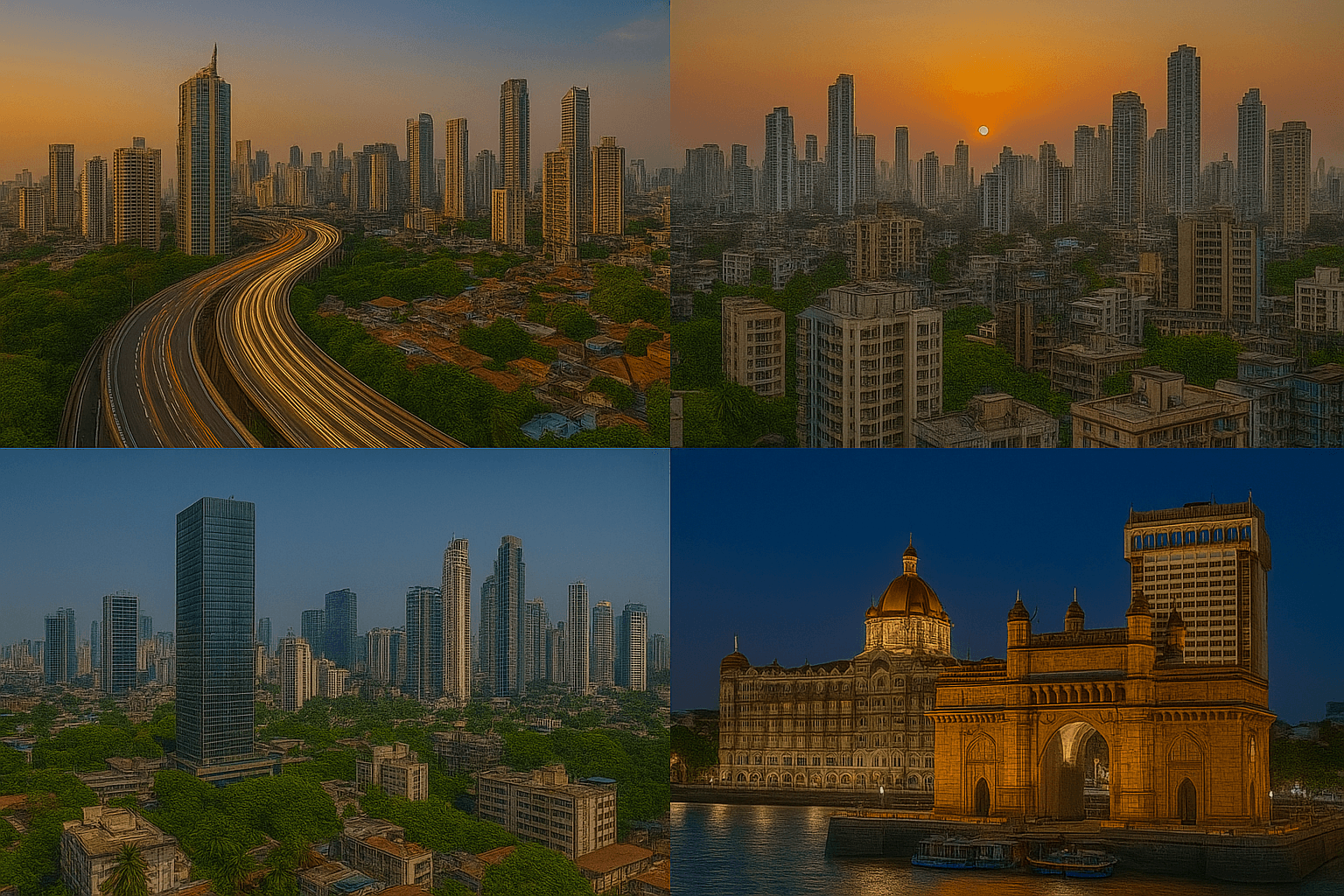
Region: Western India
Population (2025): 22.54 million
Known As: The “City of Dreams”
Mumbai is India’s financial capital and home to Bollywood, the world’s largest film industry. From the luxurious Marine Drive to the crowded slums of Dharavi, Mumbai captures both extremes of urban life.
Key Highlights:
- Headquarters of major banks, stock exchanges, and corporations.
- Hosts Asia’s largest film studios.
- A global hub for business, art, and entertainment.
Challenges:
- Overpopulation and lack of affordable housing.
- Monsoon floods and infrastructure stress.
- Increasing wealth gap between rich and poor.
Future Scope:
Mumbai continues to expand with projects like the Mumbai Coastal Road and Trans Harbour Link, signaling a bold vision for sustainable urban transformation.
🇨🇳 7. Beijing, China — 21,766,200 People
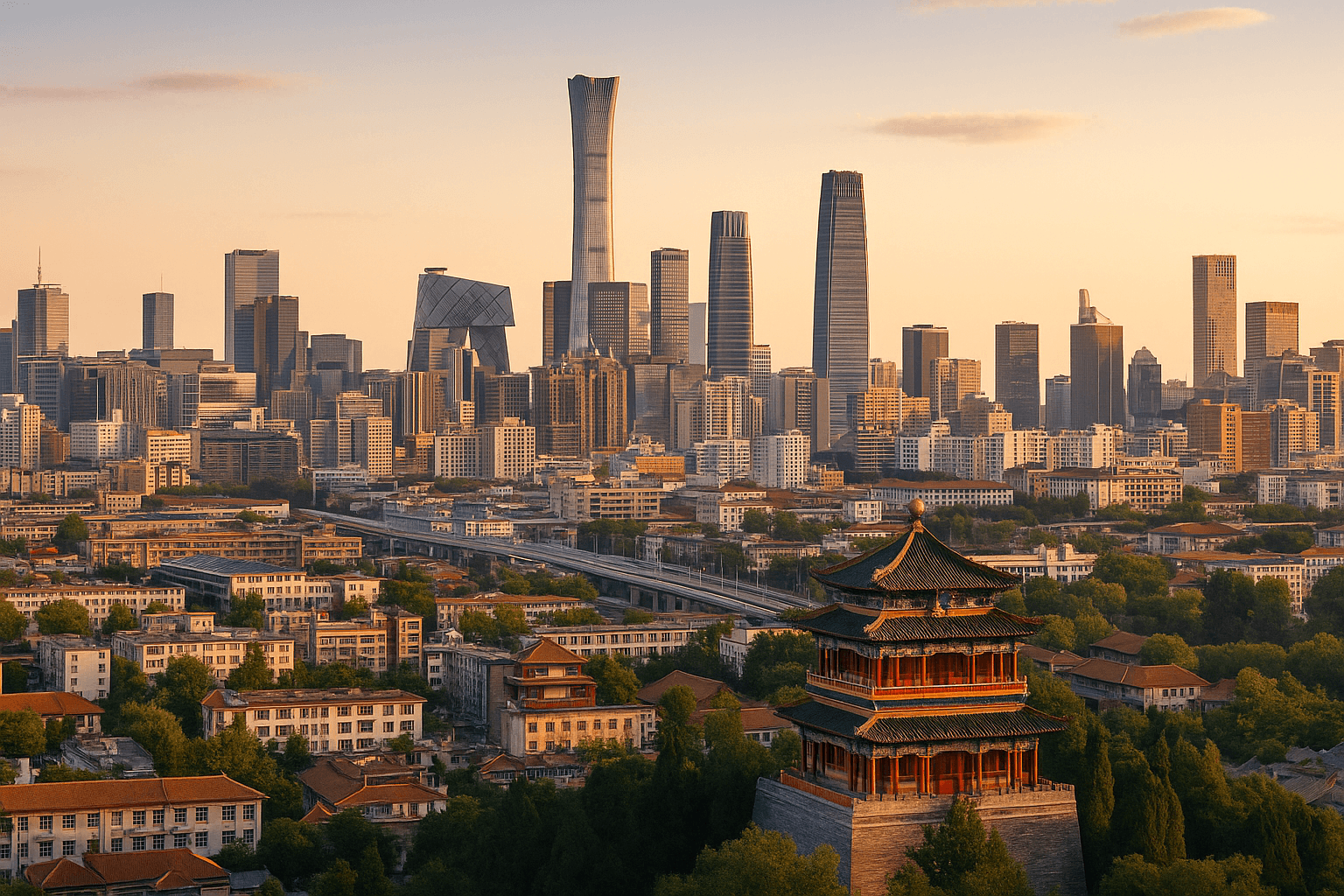
Region: Northern China
Population (2025): 21.76 million
Role: Political capital of China
Beijing blends ancient history with modern infrastructure. From the Forbidden City to futuristic Olympic stadiums, it represents both China’s imperial past and global ambitions.
Key Highlights:
- Seat of China’s central government.
- Growing in clean-energy vehicles and tech innovation.
- Exceptional public transport network.
Challenges:
- Severe air pollution (though improving).
- Population aging and youth migration to southern provinces.
- Strict residence permits limiting inflow.
Why It’s Special:
Beijing is the brain of China, where political decisions shape not only the nation but also global economics and diplomacy.
🇪🇬 8. Cairo, Egypt — 21,320,000 People
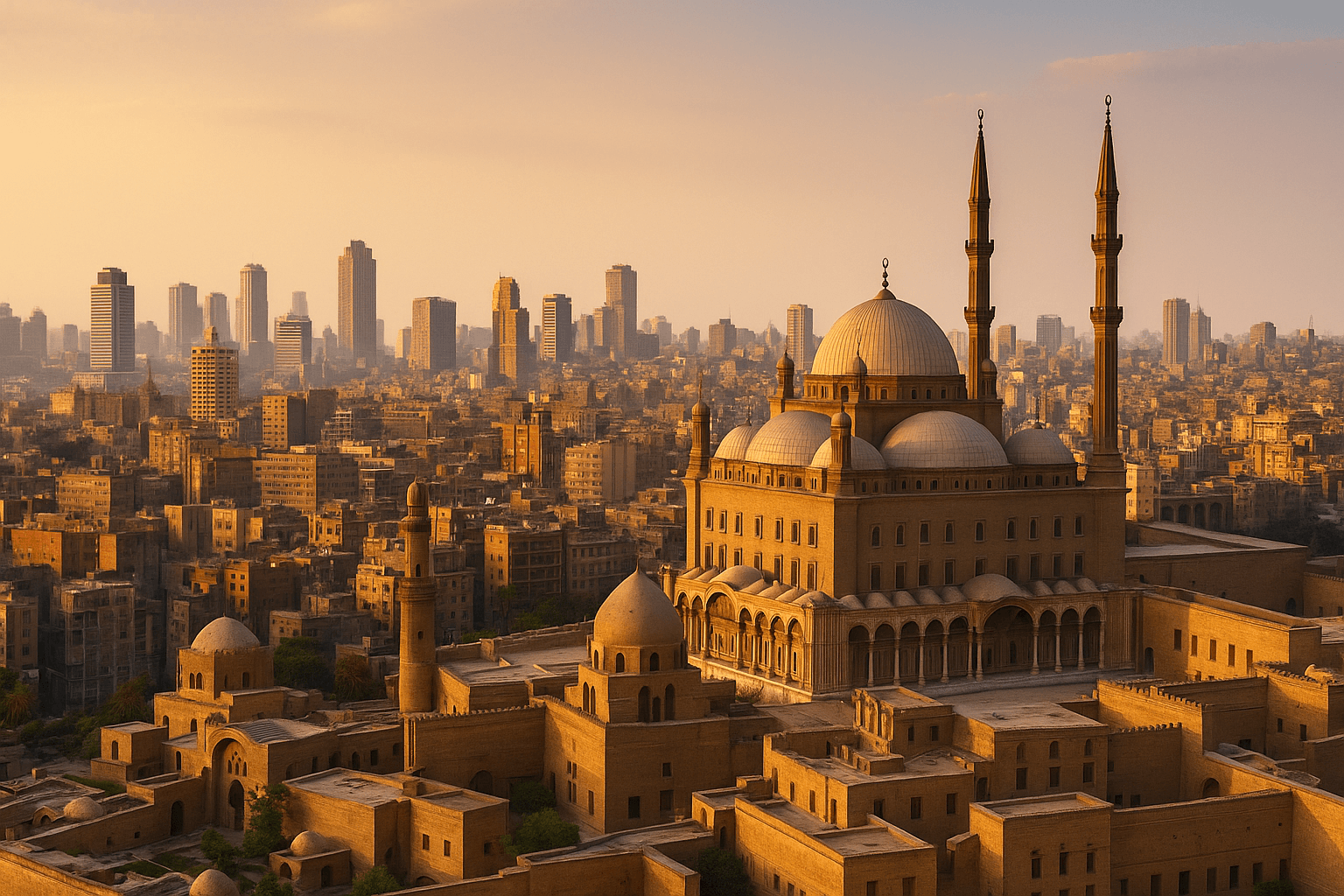
Region: North Africa
Population (2025): 21.32 million
Nicknamed: “The City of a Thousand Minarets”
Cairo stands as one of the oldest continuously inhabited cities on Earth. Nestled along the Nile, it combines ancient heritage with a bustling, chaotic modern life.
Key Highlights:
- Gateway to the Pyramids of Giza and ancient Egyptian culture.
- Largest city in the Arab world.
- Rapid construction of “New Administrative Capital” to ease congestion.
Challenges:
- Traffic jams and pollution.
- Youth unemployment and housing shortages.
- Overcrowded downtown with limited green space.
Global Role:
Cairo is the cultural and intellectual heart of the Middle East, linking Africa and Asia economically and historically.
🇧🇩 9. Dhaka, Bangladesh — 21,005,800 People
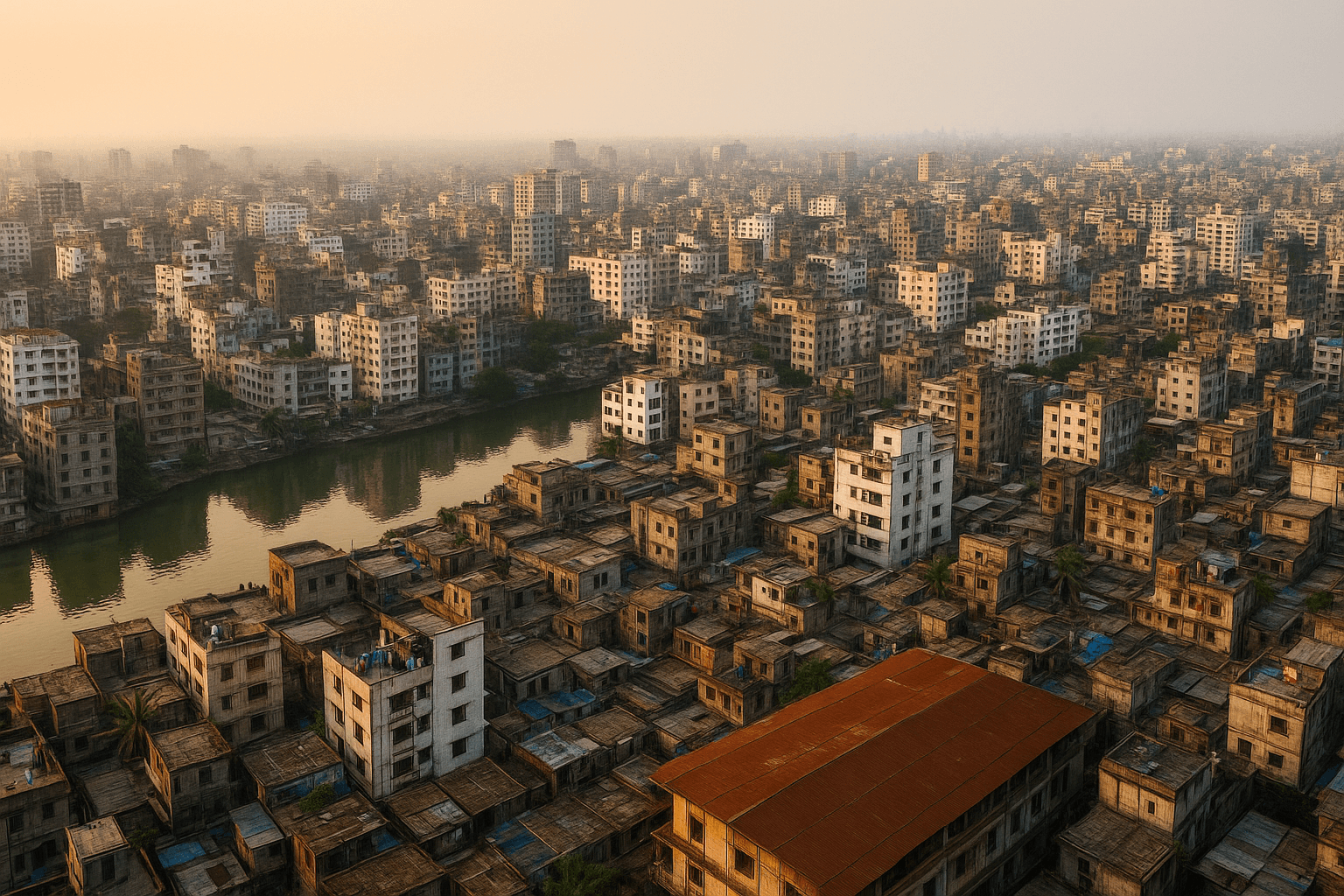
Region: South Asia
Population (2025): 21.00 million
Growth Rate: +3.0% (among the highest in the world)
Dhaka is one of the densest and fastest-growing cities on the planet. Despite challenges, it remains the economic engine of Bangladesh, driving massive export and textile industries.
Key Highlights:
- Center of global garment manufacturing.
- Young population and vibrant entrepreneurship.
- Expanding metro and road infrastructure.
Challenges:
- Overcrowding and poor urban planning.
- Waterlogging during monsoons.
- Waste management and pollution issues.
Why It’s Vital:
Dhaka symbolizes the resilience and ambition of developing economies — fighting poverty with rapid modernization.
🇲🇽 10. Mexico City, Mexico — 20,714,900 People
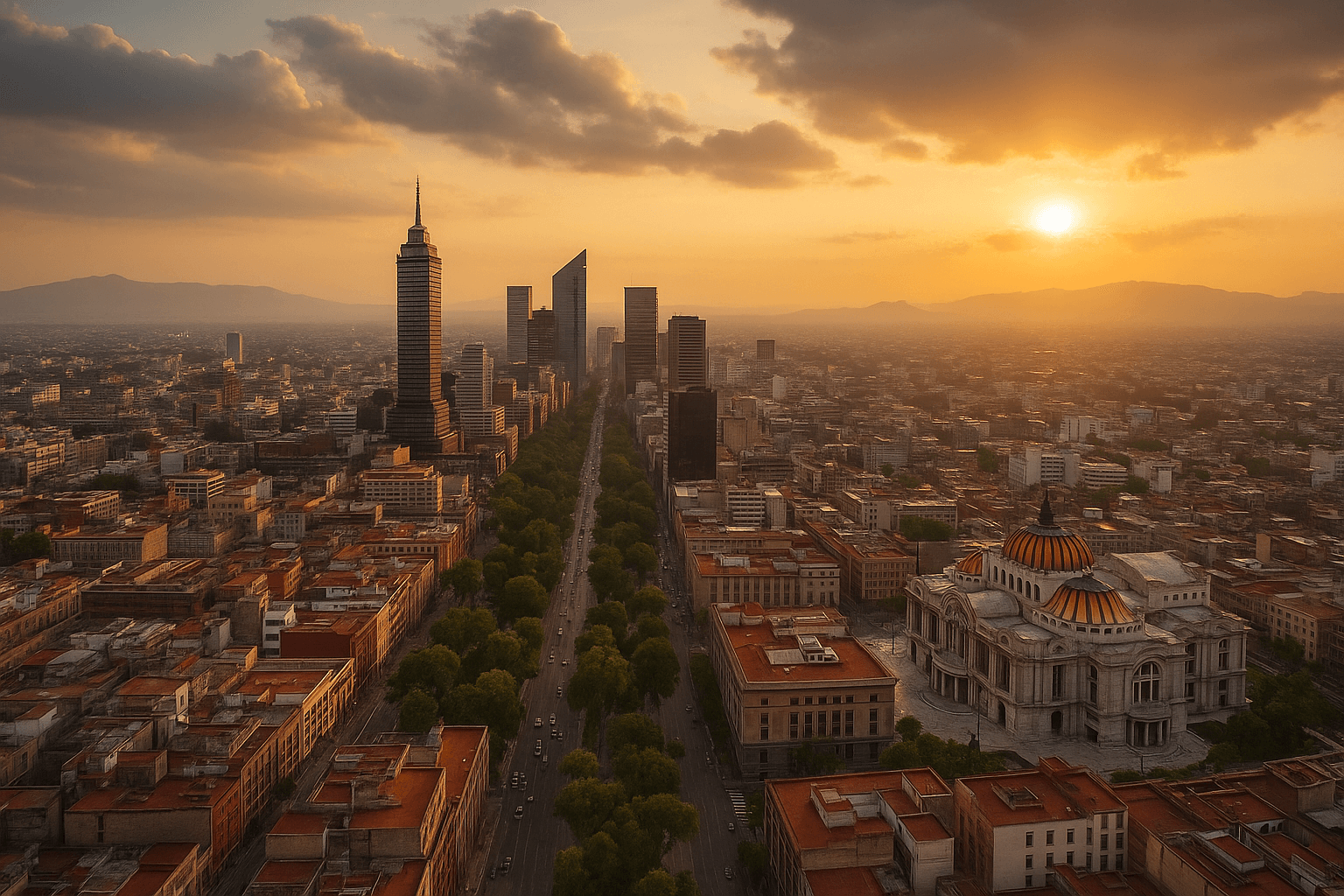
Region: North America
Population (2025): 20.71 million
Status: Mexico’s capital and largest metropolitan area
Mexico City is a fascinating blend of Aztec heritage and modern Latin American dynamism. It’s one of the most influential cultural and economic centers in the Western Hemisphere.
Key Highlights:
- Founded on the ruins of Tenochtitlan (1325).
- Vibrant food scene and art culture.
- Expanding subway (Metro CDMX) — one of the world’s largest.
Challenges:
- Air pollution and frequent earthquakes.
- Water shortages due to overuse of aquifers.
- Traffic congestion remains severe.
Importance:
Despite natural and urban challenges, Mexico City remains a symbol of Latin American growth and creativity.
🌆 Global Summary: The Megacity Revolution
| Rank | City | Country | Population (2025 est.) |
|---|---|---|---|
| 1 | Tokyo | Japan | 37,036,200 |
| 2 | Delhi | India | 34,665,600 |
| 3 | Shanghai | China | 30,482,100 |
| 4 | São Paulo | Brazil | 22,807,800 |
| 5 | Jakarta | Indonesia | 22,626,200 |
| 6 | Mumbai | India | 22,547,000 |
| 7 | Beijing | China | 21,766,200 |
| 8 | Cairo | Egypt | 21,320,000 |
| 9 | Dhaka | Bangladesh | 21,005,800 |
| 10 | Mexico City | Mexico | 20,714,900 |
🌐 Conclusion:
What These Cities Tell Us About Humanity’s Future
The rise of these megacities shows how urbanization defines the 21st century.
While cities promise opportunity, innovation, and diversity, they also bring pressing challenges — pollution, overcrowding, housing crises, and inequality.
Yet, these same cities drive 90% of global GDP and innovation.
From Tokyo’s precision to Delhi’s energy, Shanghai’s ambition to Dhaka’s resilience — each city represents a different side of humanity’s growth story.
The real question is not how big cities can become — but how sustainable they can be.
If you don’t want to read, you can watch the video by clicking on this Link…

